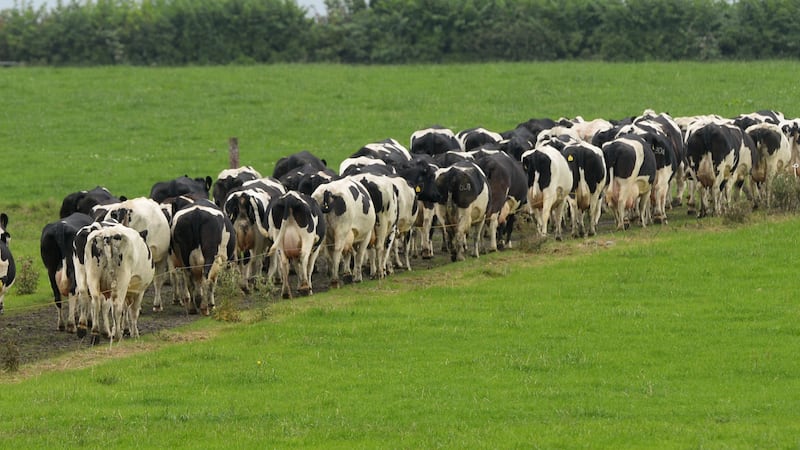Maybe they were drowning their sorrows ahead of Brexit, but UK visitors to Irish pubs increased their spend by 6 per cent last year despite a significant reduction in their numbers visiting the Republic, a new report shows.
There was a 6 per cent Brexit-inspired decline in UK visitors last year, but a report by AIB on the pub sector, published on Thursday, shows the future risk to hostelries is "not excessive" as those who pulled up stools were thirstier than their predecessors.
“When we review card usage data in pubs from AIB Merchant Services, we can see a 6 per cent increase in spending by UK visitors in pubs in the 12 months to the end of October 2017,” said AIB head of hospitality and tourism David McCarthy.
“We can see that the overall risk of Brexit on the pub sector is not excessive and the market actually grew over the past 12 months despite a decline in UK visitor numbers.”
While the UK accounts for 5 per cent of all pub revenues in the Republic, Mr McCarthy said there was also an opportunity for publicans to diversify their target markets as all other visitor markets have seen continued growth.
Revenues from US visitors increased by 9.1 per cent over the past 12 months, while other markets increased by 5.6 per cent. In addition, there was a 5.8 per cent increase in revenues from the domestic market.
“Some pubs do have a higher level of exposure to UK visitors and they need to be mindful of the implications of further sterling devaluations and any potential future travel restrictions post-Brexit,” said Mr McCarthy.
The report also examines the recovery of the sector since the financial crisis. Tony Morrissey, managing director of Morrissey’s, the Dublin based auctioneering and consultancy firm that specialises in the sector, said matters had “stabilised”.
New operators
“I think we are nearly back to a period of stability in the marketplace and there has been a lot more activity over the past two years as new operators entered the market, finance is once again available and there are less insolvency related sales taking place,” he said.
Over the last five years, as many as 60 per cent of all transactions in the Dublin market were insolvency-related. The market is now approaching pre-recession levels of normality with around 4-5 per cent of stock changing hands every year.
“If a pub is not turning over €8,000-€9,000 a week in rural areas, then it’s going to be very difficult for them to survive,” said Mr Morrissey. “The same is true of Dublin and if a pub is not turning over between €12,000-€13,000 a week, it’s in trouble.
“Typically, pubs in the Dublin area that have a viable and sustainable business should be working to net margins of 15-25 per cent while for provincial pubs the margin should be 10-15 per cent.”
Mr McCarthy pointed out that legacy debt issues which were overhanging the sector for the past 10 years “have been addressed” and this has led to greater stability and clarity in the market.
“New lending to the pub sector has increased by 65 per cent to €86 million in the 12 months to the end of September 2017,” he said.
“The majority of pubs that had debt levels that were too high have now been restructured or refinanced. In addition, the pub sales market has stabilised and retreated to more normalised levels of asset and trade sales.















